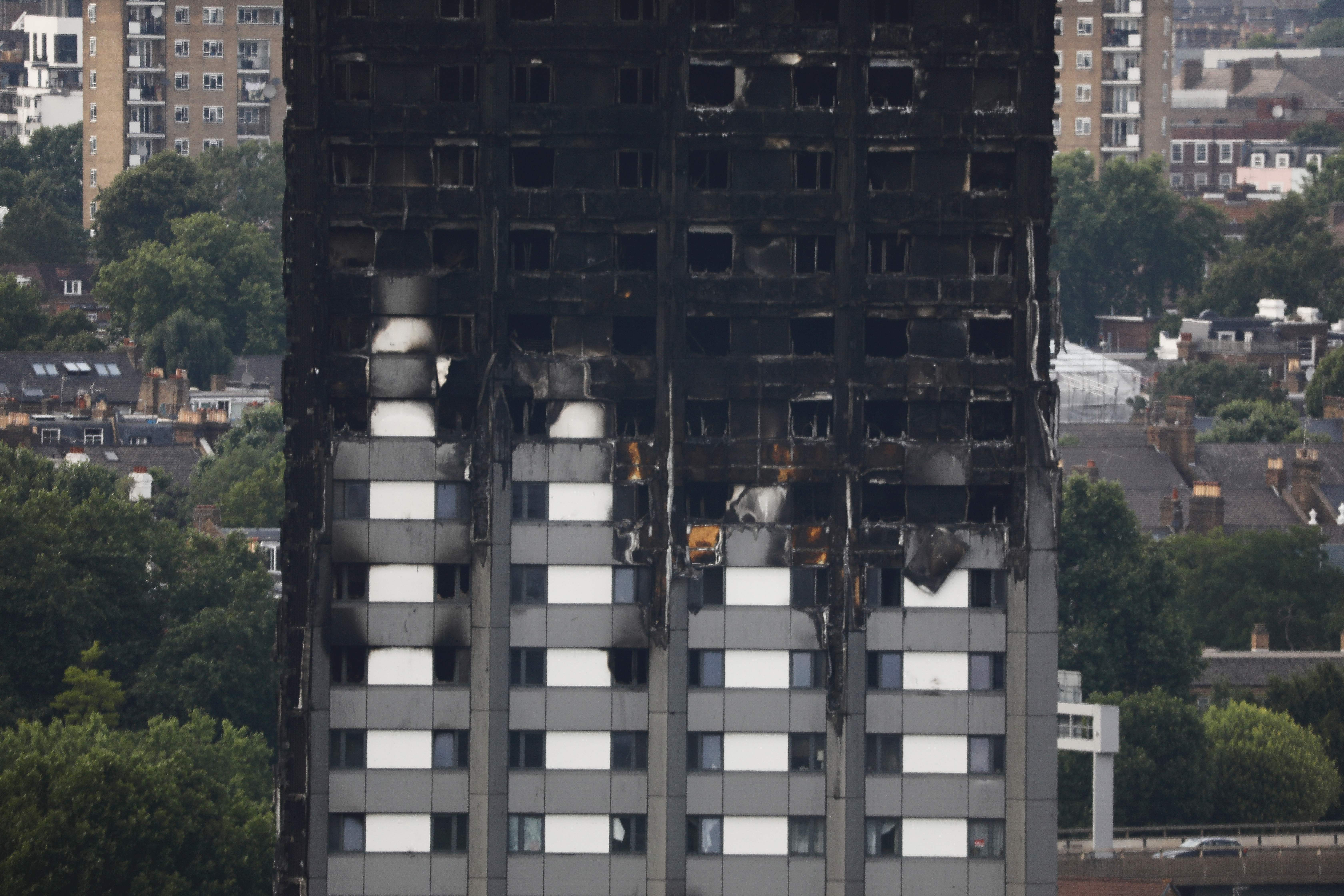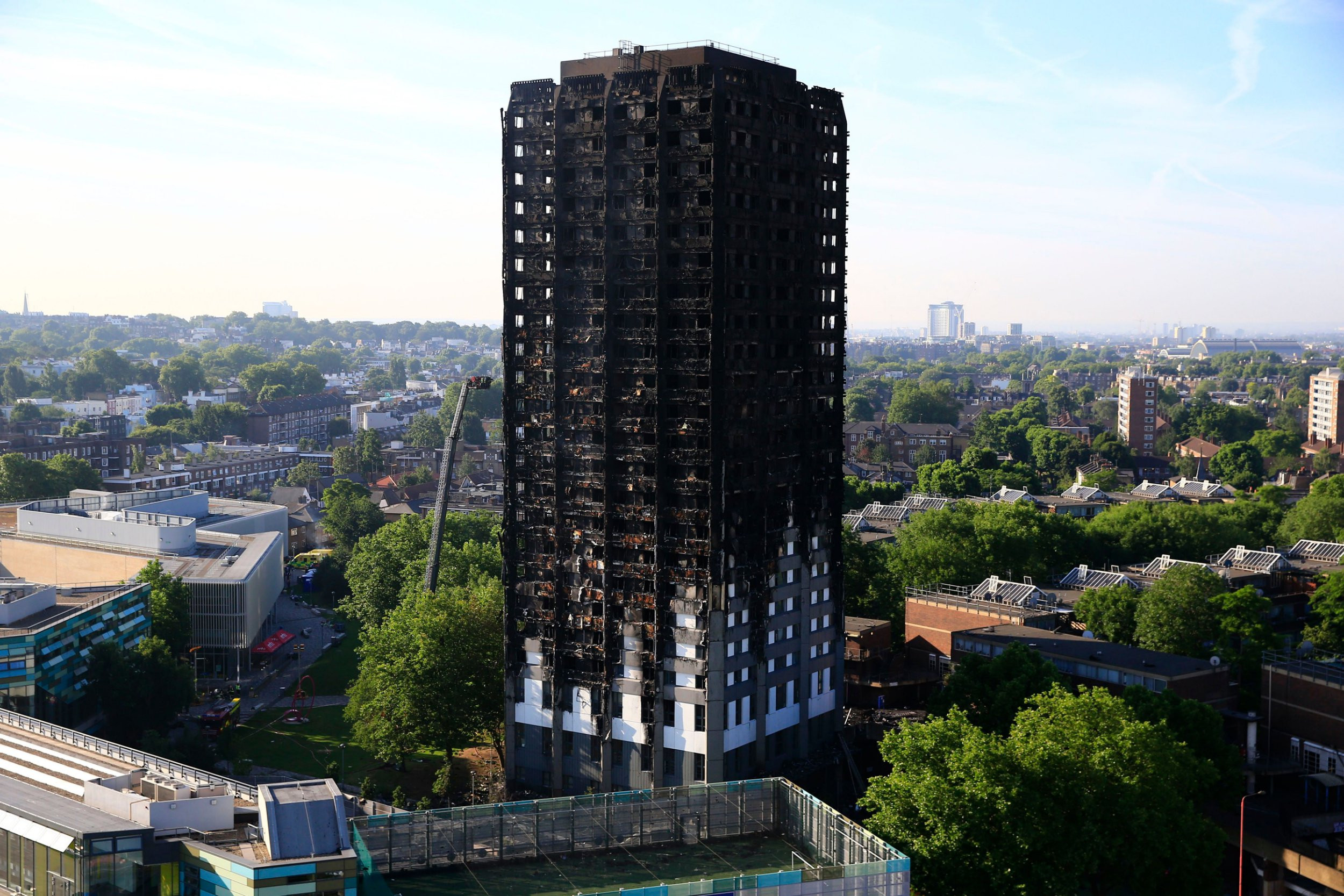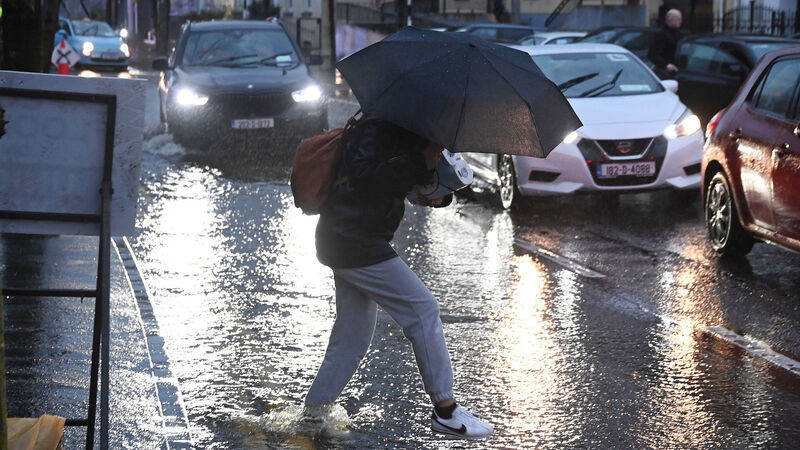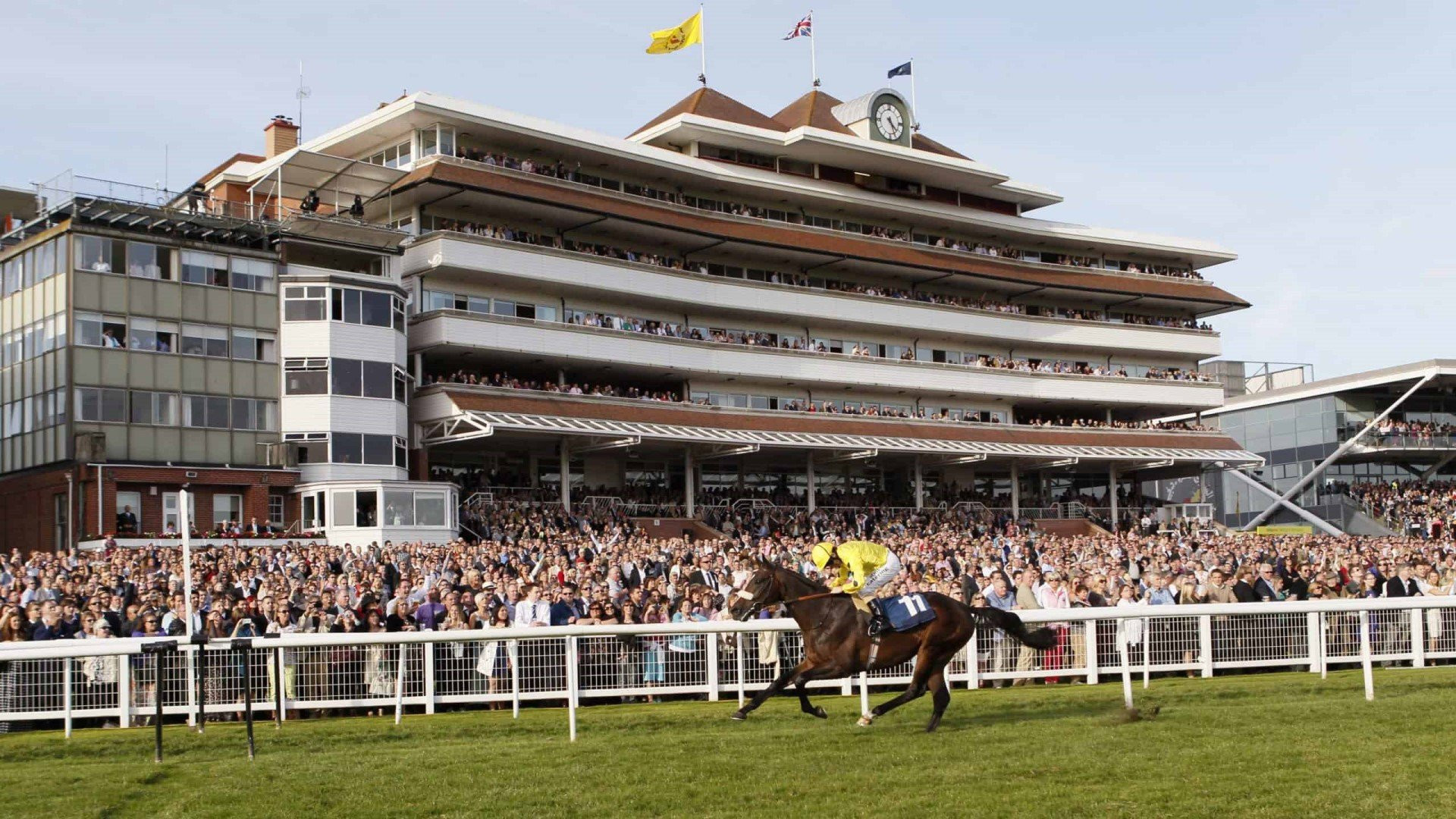A Devastating Blaze: How the Grenfell Tower Fire Started and Spread
Just before 1am on June 14, 2017, a fire broke out in the kitchen of flat 16, on the fourth floor of the 24-storey Grenfell Tower in North Kensington, west London. It began in or around a Hotpoint fridge-freezer. A smoke alarm woke the flat’s resident, Behailu Kebede, who called the fire brigade.
In a report to the Grenfell public inquiry, Dr Barbara Lane, a fire safety engineer, described how the fire spread vertically up the tower columns, and “laterally along the cladding above and below the window lines [and] the panels between windows”. The flames raced up 19 floors in 14 minutes.
Faulty Cladding: A Deadly Factor
Aluminium composite material (ACM) cladding, from the supplier Arconic Architectural Products, had been added during a recent refurbishment. It was bent into “cassette” shapes before being installed. It was claimed during the inquiry that the cladding had been added to Grenfell Tower partly to improve its appearance.
A Tragedy Unfolds: The Spread of the Fire and the Evacuation
At about 1.26am, the Metropolitan Police declared a major incident, as fire reached the top floor and the roof on the east side and started spreading horizontally. By 2.50am, the London Fire Brigade commissioner Dany Cotton had arrived at the scene, by which time 63 flats were on fire and more than 100 people were still in the building. By 4.30am, the building was engulfed, with more than 100 flats on fire. Elpidio Bonifacio, the last survivor to leave the tower, was evacuated at 8.07am.
The Aftermath: A Heavy Toll and the Search for Answers
The death toll was 72 people. That number included six members of the Choucair family and five members of the Hashim family, who lived on the 22nd floor, and five members of the El-Wahabi family, who lived on the 21st. The youngest victim was Logan Gomes, who was stillborn in hospital after the fire.
The building was managed by the Kensington and Chelsea Tenant Management Organisation (KCTMO). The Grenfell inquiry revealed that, under pressure from the local council, KCTMO sought to limit the cost of the tower’s refurbishment by appointing the cheapest contractor. KCTMO then secretly met with the chosen construction firm to discuss whether £800,000 could be saved from the project. It was discovered that if non-combustible metal cladding were switched to the cheaper combustible cladding, they could save nearly £400,000.
A Wake-Up Call for Building Safety
The Grenfell Tower fire served as a stark reminder of the need for robust fire safety measures in high-rise buildings. The tragedy prompted a widespread review of building regulations and a renewed focus on the use of safe materials in construction. The most recent government figures show there are 4,613 residential buildings of 11 metres in height and over in the UK which have unsafe cladding on them. Work to remove the cladding has yet to begin at half of them.
Of the 496 high-rise buildings, those at least 18 metres high, that were identified with ACM cladding, 87 per cent have had it removed and the process to remove it has started on further 11 per cent. In June 2020, the Building Safety Fund (BSF) was opened to provide funding to fix fire safety issues with non-ACM cladding and prevent future disasters. An additional 934 residential high-rises were identified under the BSF scheme. Just over a quarter have had the dangerous cladding removed, and work has started on another quarter. There are still 423 buildings in the BSF scheme where work has yet to begin.
A Lasting Legacy: Remembering the Victims and Seeking Justice
The Grenfell Tower fire left an indelible mark on the lives of those affected and the broader community. The tragedy sparked calls for accountability and justice for the victims and their families. The Grenfell Tower Inquiry is a long and complex process, but it is an essential step towards understanding the events that led to the fire and ensuring that such tragedies never happen again.


















